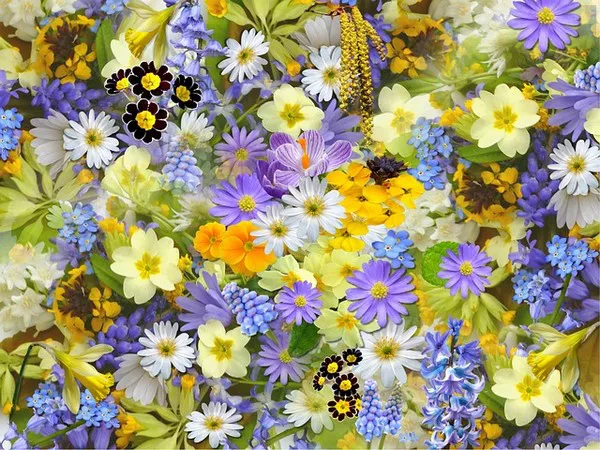In recent years, the practice of ‘chaos gardening’ has surged in popularity, gaining traction for its simplicity and accessibility. This uncurated method involves scattering seeds in soil and allowing nature to take its course. It appeals to those who desire lush flower gardens but find traditional gardening daunting. Meadow designer Kori Kasper sheds light on the ease of this process, its aesthetic appeal, and its adaptability to any space.
Chaos gardening defies conventional gardening norms, prioritizing spontaneity over structure. Kasper describes it as a departure from symmetrical layouts, encouraging plants to grow freely without strict order. Mimicking nature’s course, seeds are scattered rather than precisely sown, and plants are allowed to self-seed or disperse naturally. This approach often results in a blend of plant varieties sharing space, rather than adhering to defined boundaries.
For novices or those with limited energy, chaos gardening offers an enjoyable outdoor activity without the pressure of perfection. Kasper emphasizes its role in rejuvenating gardening by fostering creativity and relaxation, urging enthusiasts to embrace the untamed beauty of nature.
Starting Your Chaos Garden
While chaos gardening embraces spontaneity, a degree of planning enhances its effectiveness. Begin by selecting a garden style suited to your preferences and environment, such as a low-maintenance native garden or a vibrant wildflower patch. Opt for pre-mixed seed packs tailored to your region for optimal results.
Choosing a suitable location is crucial; ensure it receives adequate sunlight and adheres to local regulations. Clear the chosen area of existing vegetation and enrich the soil as needed. Timing is key when scattering seeds, with spring or fall being optimal depending on your chosen garden type.
Maintaining Your Chaos Garden
To maintain aesthetics and prevent misinterpretation, confine the chaos within a designated space and keep surrounding areas tidy. Despite best efforts, not all observers may appreciate the unconventional beauty of chaos gardens. Kasper acknowledges this challenge but encourages enthusiasts to focus on the joy of gardening rather than external perceptions.
As the allure of naturalistic gardening grows, so does appreciation for the unique charm of chaos gardens. Kasper believes that sharing the enjoyment of gardening can inspire others to embark on their own chaotic journeys, celebrating the inherent beauty of nature’s wild side.


